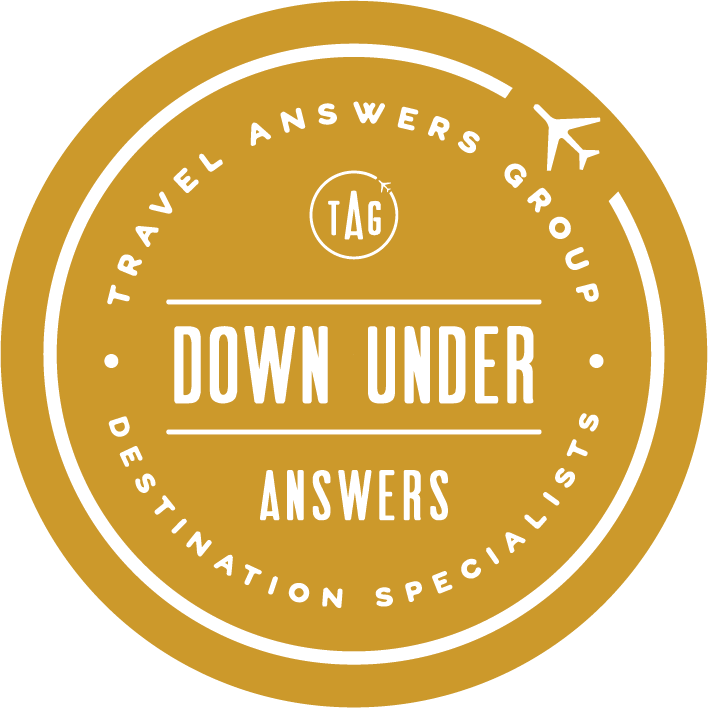345 Seventh Avenue, Suite 1801, New York, NY 10001 | Phone: 212-599-6599 | [email protected]
Press/Media - Travel Advisor Webinars
Showing 1‐30 of 266 USTOA Member Webinars — there are 266 in total.
| Company Logo | Name | Teaser | Date | Options |
|---|---|---|---|---|
 |
Your Travel Guide to Abu Dhabi | Learn all about Abu Dhabi and the exciting experiences that await your clients in 2022 | May 18, 2022 | |
 |
Spitsbergen: Maximum Adventure, Minimum Time | Enjoy the highlights of Spitsbergen—and demonstrates how you can see the best of the Norwegian Arctic on shorter itineraries. | March 3, 2022 | |
 |
Fiji's Top 10 Luxury Resorts | Romantics seeking a true South Pacific Paradise will fall in love with Fiji's Luxury Resorts | February 25, 2022 | |
 |
Fiji's Top 10 Luxury Resorts | Romantics seeking a true South Pacific Paradise will fall in love with Fiji's Luxury Resorts. | February 25, 2022 | |
 |
Fiji's Top 10 Luxury Resorts | Romantics seeking a true South Pacific Paradise will fall in love with Fiji's Luxury Resorts. | February 25, 2022 | |
 |
Discover Jordan - Jewel of the Arabian Gulf | The Jordan Tourism Board is partnering with Africa Answers to increase travel advisor awareness and interest in the wonders of Jordan | February 18, 2022 | |
 |
Discover Jordan - Jewel of the Arabian Gulf | The Jordan Tourism Board is partnering with Africa Answers to increase travel advisor awareness and interest in the wonders of Jordan | February 18, 2022 | |
 |
Discover Jordan - Jewel of the Arabian Gulf | The Jordan Tourism Board is partnering with Africa Answers to increase travel advisor awareness and interest in the wonders of Jordan | February 18, 2022 | |
 |
Real Food Adventures with Intrepid Travel | Uncover a world of authentic, mouth-watering food tours designed to suit any budget, appetite and time frame. | February 15, 2022 | |
 |
Sri Lanka and the Maldives | Combine the idyllic islands and turquoise lagoons of the Maldives | February 11, 2022 | |
 |
Sri Lanka and the Maldives | Combine the idyllic islands and turquoise lagoons of the Maldives | February 11, 2022 | |
 |
Sri Lanka and the Maldives | Combine the idyllic islands and turquoise lagoons of the Maldives | February 11, 2022 | |
 |
Explore Scotland on our agent portal | Explore Scotland on our agent portal | February 10, 2022 | |
 |
Abu Dhabi + Bedsonline North America Webinar | Discover Abu Dhabi´s experiences: Beauty from Sea to Sand to Shore! | February 10, 2022 | |
 |
Facebook Live will be Hosted in our Advisor Community | Facebook Live will be Hosted in our Advisor Community | February 8, 2022 | |
 |
The Agent Portal & You | Walk through how to use all the elements of our agent portal to your success | February 8, 2022 | |
 |
Fiji's Mamanuca Islands - Opening Feb 2022 | Attend to be entered in our draw for 2 tickets on Fiji Airways | February 4, 2022 | |
 |
Fiji's Mamanuca Islands - Opening Feb 2022 | Attend to be entered in our draw for 2 tickets with Fiji Airways | February 4, 2022 | |
 |
Fiji's Mamanuca Islands - Opening Feb 2022 | Attend to be entered in our draw for 2 tickets with Fiji Airways | February 4, 2022 | |
 |
Explore Italy on our agent portal | Walk through how to book our top products and services in our best selling destination, Italy! | February 3, 2022 | |
 |
Scotland is Calling ! | Learn all about Scotland and the exciting experiences that await your clients in 2022 | February 2, 2022 | |
 |
Co-Branding and its benefits for you | Walk through how to upload your agency or agent logo, and all the areas you can brand and use to your benefit. | February 1, 2022 | |
 |
KENYA SKYSAFARI The Ultimate Africa Safari | Learn how your clients can save 25% per couple and how YOU can travel for FREE! Win seat on Kenya SkySafari Fam in 2022! | January 21, 2022 | |
 |
KENYA SKYSAFARI The Ultimate Africa Safari | Learn how your clients can save 25% per couple and how YOU can travel for FREE! Win seat on Kenya SkySafari Fam in 2022! | January 21, 2022 | |
 |
KENYA SKYSAFARI The Ultimate Africa Safari | Learn how your clients can save 25% per couple and how YOU can travel for FREE! Win seat on Kenya SkySafari Fam in 2022! | January 21, 2022 | |
 |
Arctic 2022 Season: Previewing the Best Immersive Experiences in the Northern Polar Regions! | Canadian High Arctic, Greenland, the Norwegian Arctic archipelago of Svalbard, the remote Russian Arctic, and the North Pole. | January 20, 2022 | |
 |
Fiji Escape Spotlight on Savusavu | The South Pacific paradise of Fiji has opened to rave reviews. Join us for a Fiji update and a spotlight on resorts near the town of Savusavu on the northern island of Vanua Levu | January 19, 2022 | |
 |
Fiji Escape Spotlight on Savusavu | The South Pacific paradise of Fiji has opened to rave reviews. Join us for a Fiji update and a spotlight on resorts near the town of Savusavu on the northern island of Vanua Levu | January 19, 2022 | |
 |
Fiji Escape Spotlight on Savusavu | The South Pacific paradise of Fiji has opened to rave reviews. Join us for a Fiji update and a spotlight on resorts near the town of Savusavu on the northern island of Vanua Levu | January 19, 2022 | |
 |
The 'How To' Intrepid Webinar | Bookings, Online Portal & Website Navigation | This is a great opportunity for travel advisors newer to Intrepid Travel and those looking for a refresher. | January 18, 2022 |

